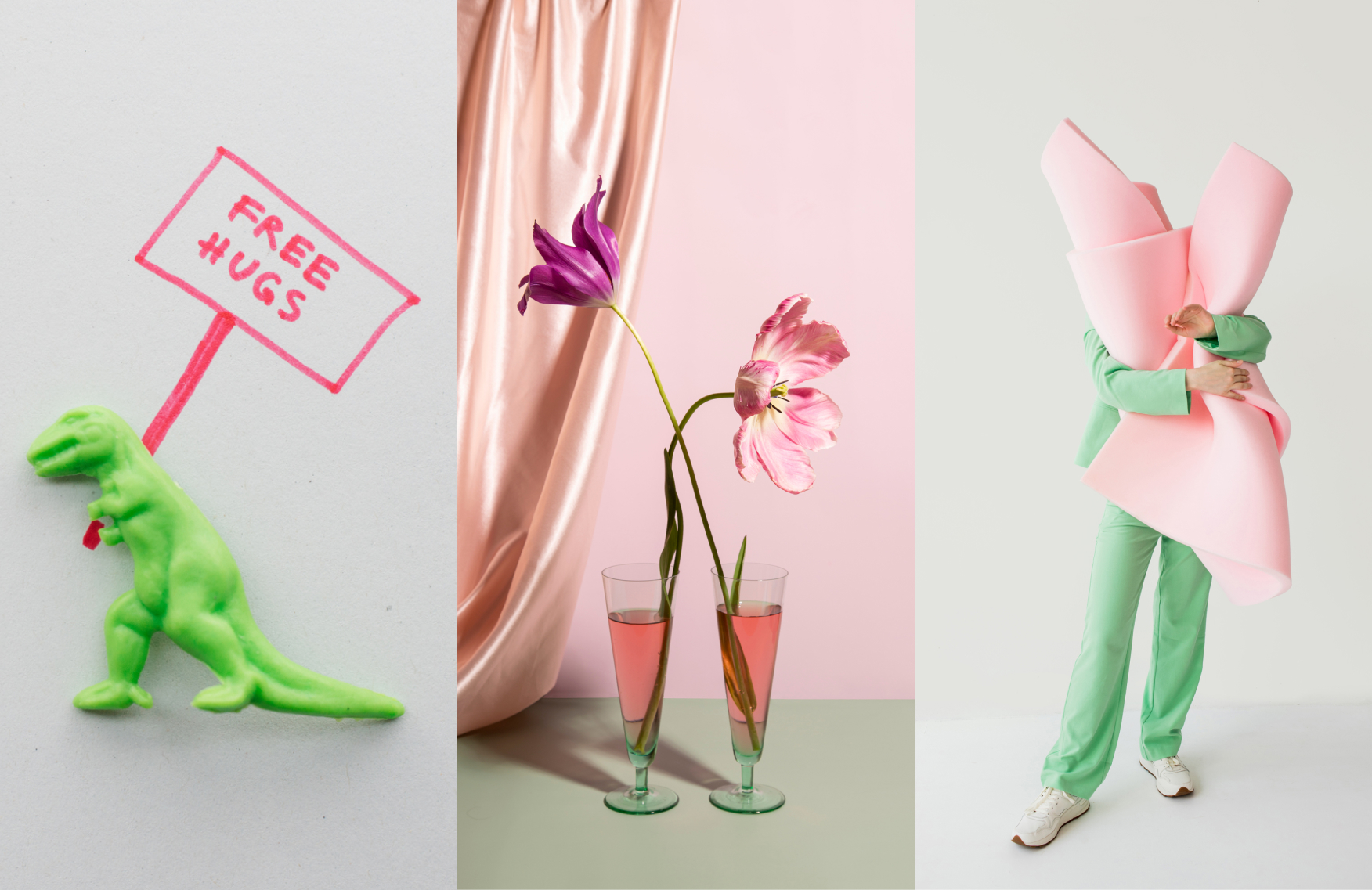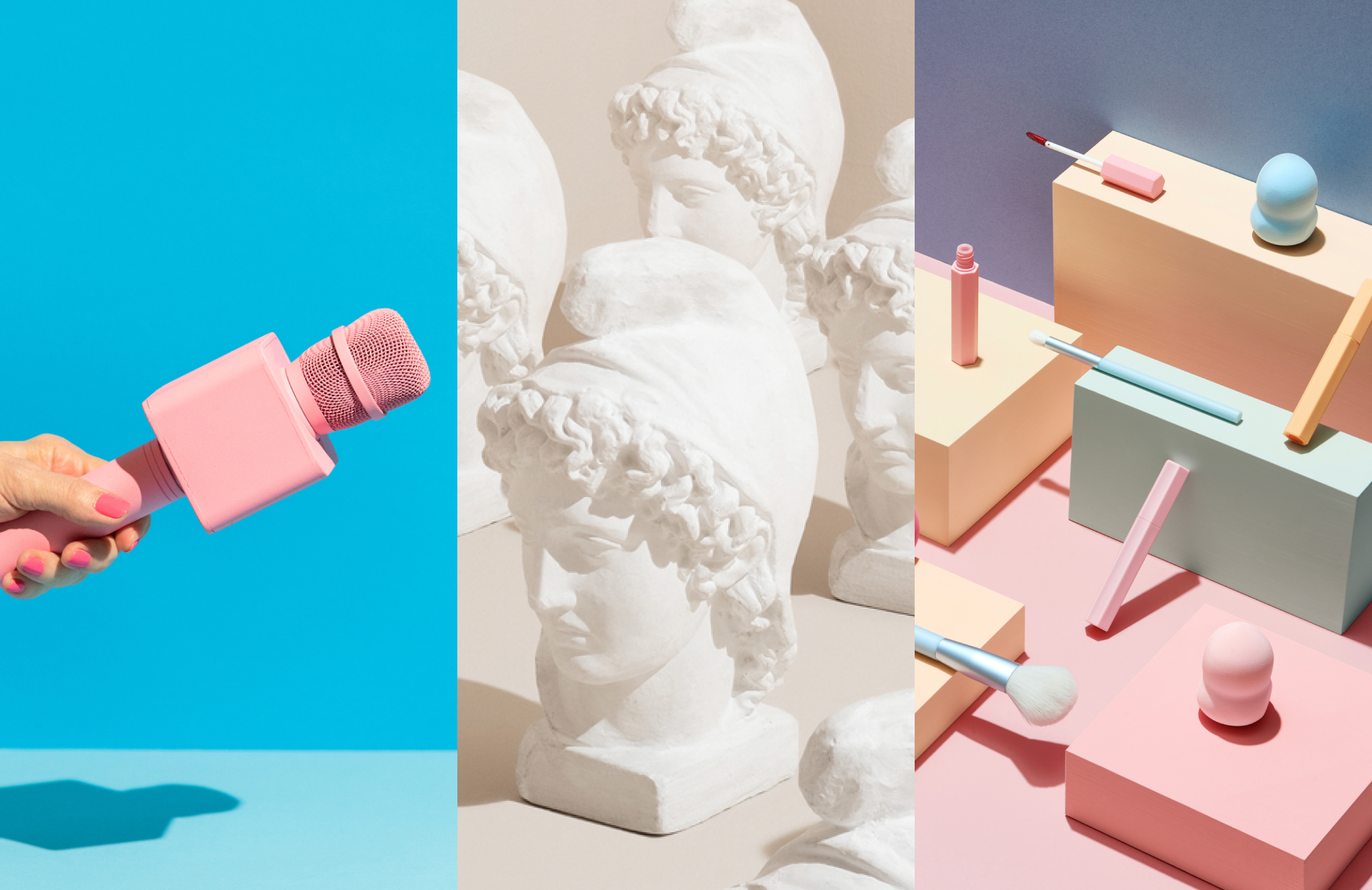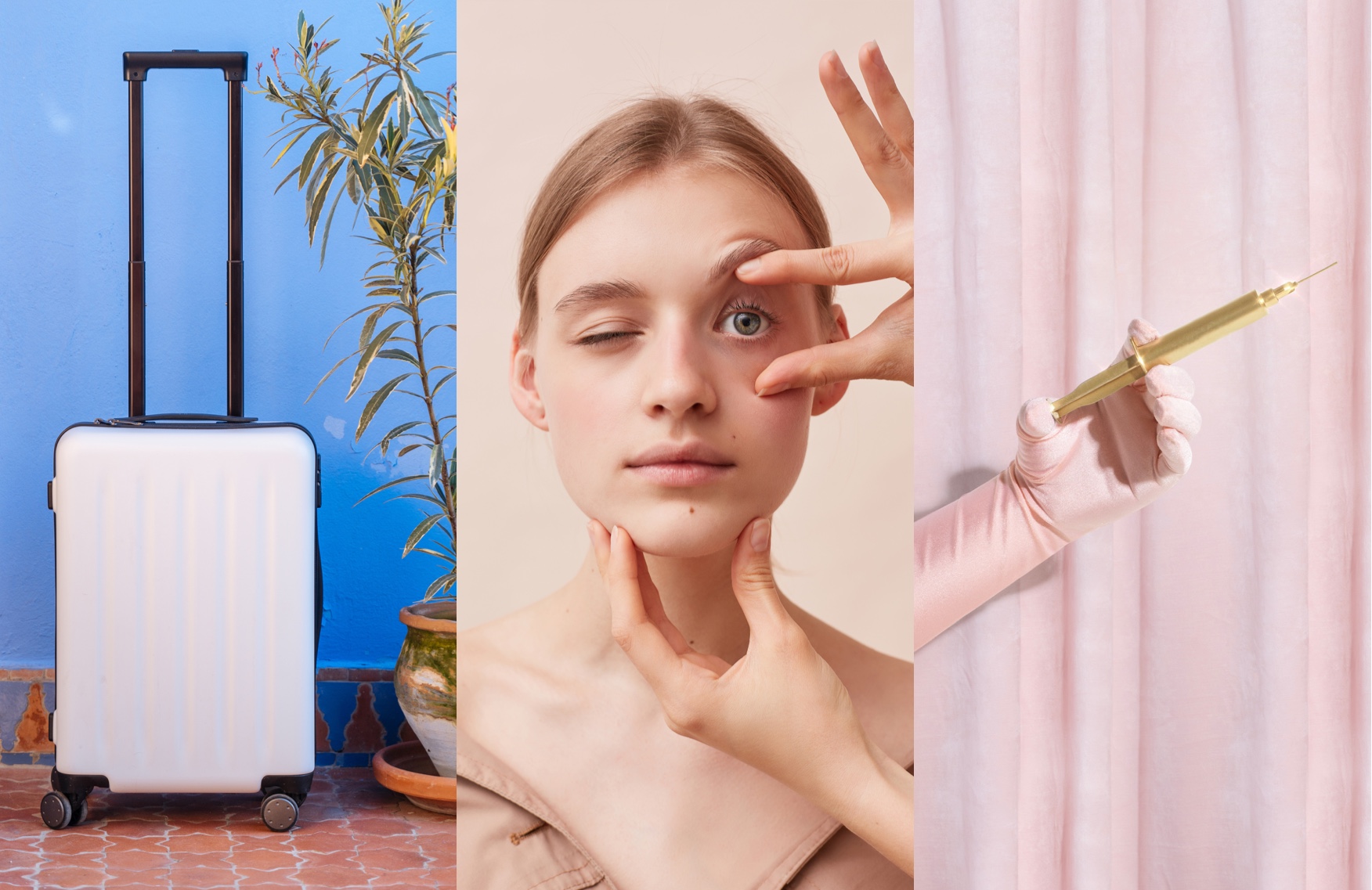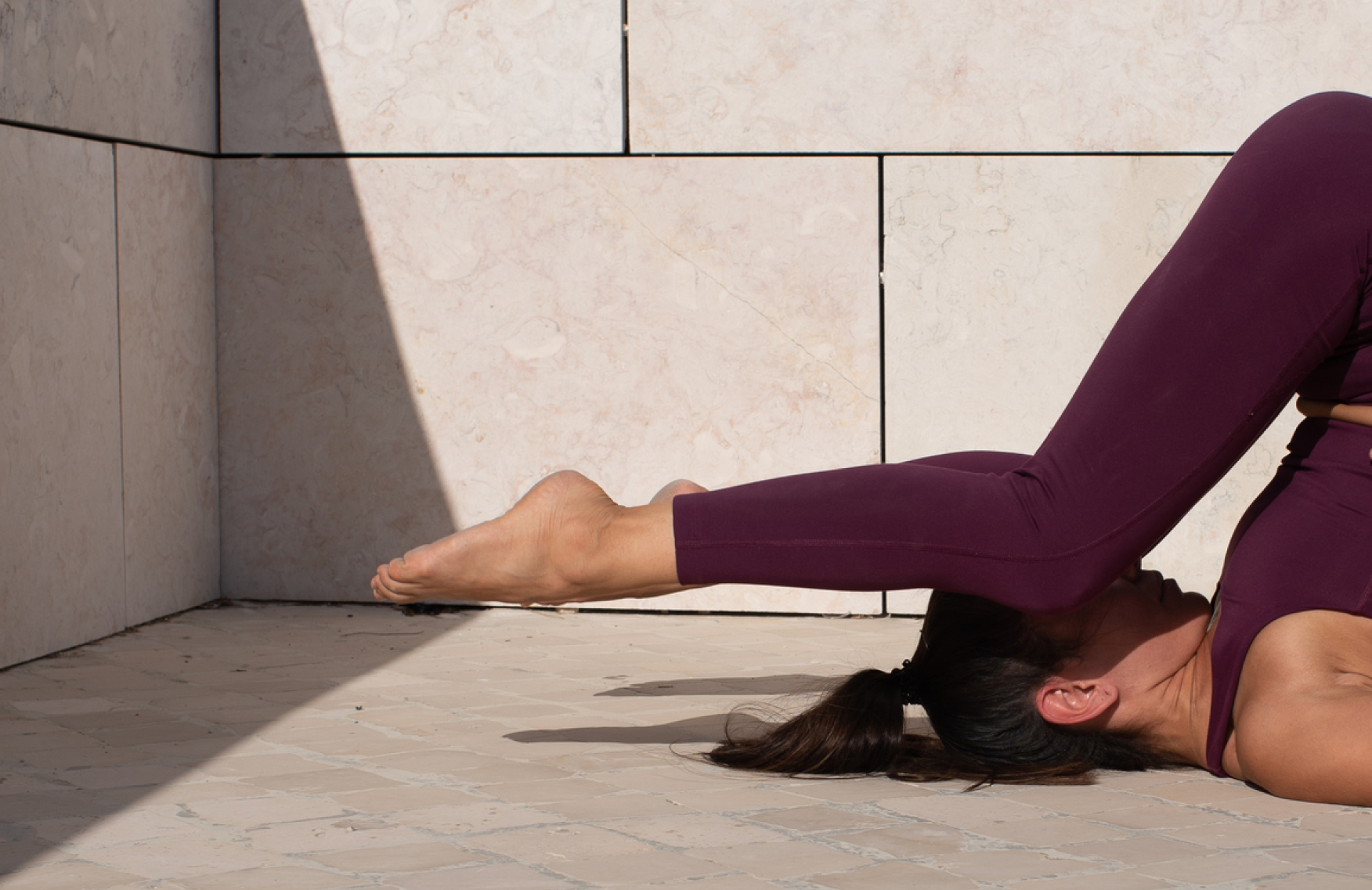Hugs for better health? Here’s how hugging can do wonders for your wellbeing

There’s nothing like the warm and fuzzy feelings that come when hugging a loved one. Not only does it feel amazing, science says hugging offers many physical and mental health benefits. “The healing power of touch is critical, and most people underestimate how important it is,” says Murad founder and board-certified dermatologist, Dr. Howard Murad. “I always say ‘a hug a day keeps the doctor away.’” Keep reading to learn the benefits of hugging, plus expert tips on how to incorporate them into your life for improved wellbeing.
The benefits of hugging
Feeling stressed? A hug can help with that—and more. Research shows that hugging triggers the release of oxytocin, the hormone linked to social bonding, stress reduction and feelings of happiness, says Sanam Hafeez, Psy.D, a NYC neuropsychologist and director of Comprehend the Mind. Oxytocin also positively impacts blood pressure regulation. “Studies suggest frequent partner hugs are linked to lower blood pressure and heart rate,” she adds.
Furthermore, Dr. Hafeez says research shows that regular physical affection such as hugging also reinforces social bonds and helps strengthen relationships which also contribute significantly to mental health and overall wellbeing.
How to reap the benefits of hugging
Some researchers and mental health experts recommend aiming for eight hugs a day. However, Dr. Hafeez notes that this number is not a strict rule but rather a suggestion based on observations of positive outcomes associated with physical touch.
To maximize the benefits of hugging, aim for each hug to last at least 20 seconds. “This duration is associated with an increased release of oxytocin,” Dr. Hafeez says. “Longer hugs allow for a more profound emotional connection and may enhance the positive effects on mood and overall wellbeing.”
All that said, Dr. Hafeez notes that the most important factors are the quality of the hugs and the emotional connection during the interaction. In other words, don’t focus solely on hitting a specific number of hugs or duration. Instead, prioritize meaningful and genuine connection through physical touch.
Hugging rituals make it easier to bake hugs into your day-to-day routine. For example, Dr. Hafeez suggests making hugging part of your greeting ritual when meeting up with loved ones; incorporating them into your bedtime routine with your partner, children or pet (“Ending the day with a hug can create a sense of security and closeness,” she says.); and offering congratulatory hugs when celebrating achievements and milestones.
Lastly, the healing is in the touch and there are other ways to reap the benefits beyond hugs. “Even if you don’t have a friend you can hug daily, you can benefit from the healing power of touch by means of a facial, a massage, a manicure or a hair appointment,” Dr. Murad says. “Most people think of these as beauty treatments, but they’re also as important to health as supplements or medicine.”
The views expressed in this article do not necessarily represent the views of Murad, and are for informational purposes only, even if the advice of physicians and medical practitioners are included. This article is not a substitute for professional medical advice, diagnosis or treatment, and should not looked be considered specific medical advice.
References for this information:
Psychosomatic Medicine, November 2008
Biological Psychology, 2005, volume 69, issue 1, pages 5-21
Journal of Health and Social Behavior, October 2010


